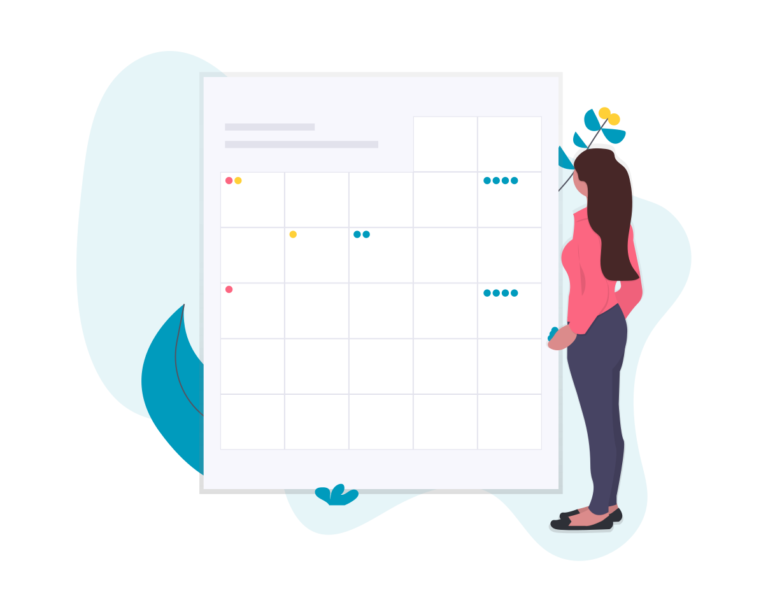Which top 10 tips achieve an A grade in the CELTA?

This is the third and final chapter about the Cambridge University CELTA. To complete this course, read each lesson carefully and then unlock and complete our materials to check your understanding.
– Explore the pass rates for a Cambridge CELTA
– Introduce ten tips for getting the highest grade possible
– Complete activities to help comprehension and academic English proficiency
Chapter 3
This final chapter in our short reader on Cambridge University CELTA qualifications focuses on the top ten tips for succeeding at this internationally acclaimed certification. Seeing as 8% drop out or fail, 67% pass, 20% get a ‘B’ and only 5% receive that prestigious ‘A’, you’ll have to work hard if you wish to achieve a grade that will make you stand out from the other English-language teachers. Read the following tips carefully, and that should help a great deal.
Tip 1: Do the Pre-Course Reading
Everyone who has completed the CELTA will tell you how busy the schedule is. If you have gaps in grammar knowledge, prepare for this by brushing up before the course. And if you’ve never seen or written a lesson plan or aren’t sure of the difference between deductive and inductive learning, find some examples in the course materials and memorise definitions to these key concepts.
Tip 2: Be Committed
If you’re enrolled on a full-time 4 to 5 week course, prepare for the fact that you’ll be spending long days studying, preparing lessons, observing and teaching. This means that you’ll have little energy (or brain power) to focus on much else. Clear you social calendar for the month and be fully committed to the course if you wish to succeed. And if you’re studying part-time, then look ahead and make sure that nothing will be scheduled for those all-important observations and practical-teaching days too.

Tip 3: Keep a Timetable/Diary
While having cleared your other commitments is a start, it’s also recommended that you create yourself a study timetable. For many, it may have been sometime since they were enrolled in formal education, making it easy to forget how to be an effective student. One thing that adults tend to do is forget to take breaks. While you may not have much time for it, try to squeeze some time into your day where you are free to relax, exercise, and eat – it will benefit your mental wellbeing.
Tip 4: Know Your Lesson Aims
When preparing each class, keep referring back to your lesson aims and ask yourself what you are achieving with a particular instruction, example or activity? Will the students have met the aims by the end of the lesson, and will that be measurable? Your trainer will expect you to tackle these kinds of questions in your post-observation reflection so make sure that you’ve considered them carefully.

Tip 5: Know Your Learners
While you’re observing your trainer and peers, focus on the students they teach. Remember their names as quickly as possible, as this demonstrates to the students (and trainer) that they are the focus of your class and of your attention. Try to also note down any learner dynamics and behaviour that could impact your own lesson planning, considering also which personalities seem shy or which seem extrovert and how this might interact with the aims and objectives of your class. Include these considerations into your lesson plan and reflect on whether you were able to manage these traits to the benefit of your learners.
Tip 6: Do a Language Analysis
While the previous tips focus on the learners in a more personal sense, it’s important (if you can) to also consider the language abilities of each student. Consider how their first language may impact upon the pronunciation and grammar of their second, and try to anticipate those challenges in class. While this will be a lot more manageable in a monolingual group, an effective teacher should at least show an awareness of this factor in a multilingual room.
Tip 7: Be Creative and Consistent
It’s never recommended to reinvent the wheel with language classes as there are already lots of good plans out there. Whether it’s creating your own worksheet or picking a particularly engaging authentic text, show that you can be resourceful with the texts you have at your disposal, and be consistent in your instruction methods.
Tip 8: Prepare for the ‘Why?’
If you’re teaching a language point rather than skills in a class, then during the planning stage try to anticipate the ‘but why does that happen?’ questions. The answer ‘because English is just that way’ is never sufficient, as there is a rule (or at least a pattern) for almost everything. Know the particular grammar point confidently before you teach it. And if you can’t answer the why on the spot, then try to provide your students with more examples and have them think about it for homework, providing them with answers in another class.

Tip 9: Balance your Self-Evaluation
When you write your self-evaluation after each observation, try not to focus on only the negatives or positives of your performance. This should be a balanced reflection of whether you ultimately achieved your lesson aims and what you could improve on. Try to focus on why an aspect of your class didn’t work and consider how to approach it differently next time. You may not know the how in the reflection, but you should show your trainer that you at least know where to find the answers (in resources).
Tip 10: React Positively to Feedback
Lesson observations can be draining. It’s common to put a lot of time into the planning, use a lot of energy to deliver the class and overcome the nerves of having an audience, and then have it all torn apart at the end. While you may not pass your first observation, and will receive constructive feedback on all, you should remember that the trainer must find ways to improve your teaching. Even the trainers will themselves have observers to make recommendations on how they could improve – this is part of the sound teaching practice that all reputable departments around the world adhere to. Welcome it and respond as positively as you possibly can.

Well done for completing this reader on the Cambridge University CELTA. Now unlock, download and complete our chapter worksheets about this topic
To reference this reader:
Academic Marker (2022) Cambridge University CELTA. Available at: https://academicmarker.com/careers-advice/getting-qualified/cambridge-university-celta/ (Accessed: Date Month Year).
Downloadables
Once you’ve completed all three chapters in this short reader about Cambridge University CELTA qualifications, you might then wish to download our Chapter Worksheets to check your progress or print for your students. These professional PDF worksheets can be easily accessed for only a few Academic Marks.
Chapter 1 explores the topic: What is a Cambridge University CELTA certificate? Our Chapter 1 Worksheet (containing guidance, activities and answer keys) can be accessed here at the click of a button.
Chapter 2 explores the topic: What are 10 steps for successful CELTA interviews? Our Chapter 2 Worksheet (containing guidance, activities and answer keys) can be accessed here at the click of a button.
Chapter 3 explores the topic: Which top 10 tips achieve an A grade in the CELTA? Our Chapter 3 Worksheet (containing guidance, activities and answer keys) can be accessed here at the click of a button.
To save yourself 2 Marks, click on the button below to gain unlimited access to all of our Cambridge University CELTA Chapter Worksheets. This All-in-1 Pack includes every chapter, activity and answer key related to this topic in one handy and professional PDF.
Collect Academic Marks
-
100 Marks for joining
-
25 Marks for daily e-learning
-
100-200 for feedback/testimonials
-
100-500 for referring your colleages/friends